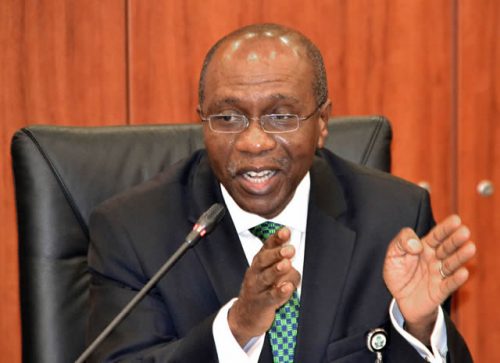Governor of the Central Bank of Nigeria (CBN), Mr. Godwin Emefiele, has disclosed that the investors and exporters (I&E) window of the foreign exchange (forex) market attracted over $50 billion in investments to the country within three years.
The I&E FX window is the market trading segment for investors, exporters and end-users that allows for FX trades to be made at exchange rates determined based on prevailing market circumstances.
Emefiele gave this figure in his remarks at the opening session of the regional course on exchange rate regimes and policies organized by the West African Institute for Financial and Economic Management (WAIFEM).
The governor, who was represented at the forum by the apex bank’s deputy director, monetary policy department, Omolara Duke, explained that “the CBN introduced the Investors and Exporters (I&E) Forex window to enable investors and exporters to purchase and sell forex at the prevailing market rate.”
On why the apex bank opted for operating multiple exchange rates, Emefiele said the bank’s decision had at all times been determined by the prevailing economic fundamentals, pointing out that it is not uncommon that the dynamics of the external and domestic economies do lead to changes in monetary policy regimes.
He expatiated: “Indeed, global economic and financial crisis, pandemics, currency crisis, commodity supply shocks and geopolitical tensions, to name a few, have determined the choice of our exchange rate regime.
“For emerging developing economies like Nigeria where the demand for imports remains high, an appropriate exchange rate regime is required to safeguard capital outflow and ring-fence the external reserves.
“The thrust of exchange rate management by the Central Bank of Nigeria is to allow the market system to determine the exchange rate parity in an efficient manner devoid of the activities of speculators and rent-seekers”, Emefiele stressed.
He also listed some of the objectives of CBN’s exchange rate policy as including, the preservation of the naira’s value, maintaining a favourable external reserves position and ensuring external balance without compromising the need for internal balance and the overall goal of macroeconomic stability.






